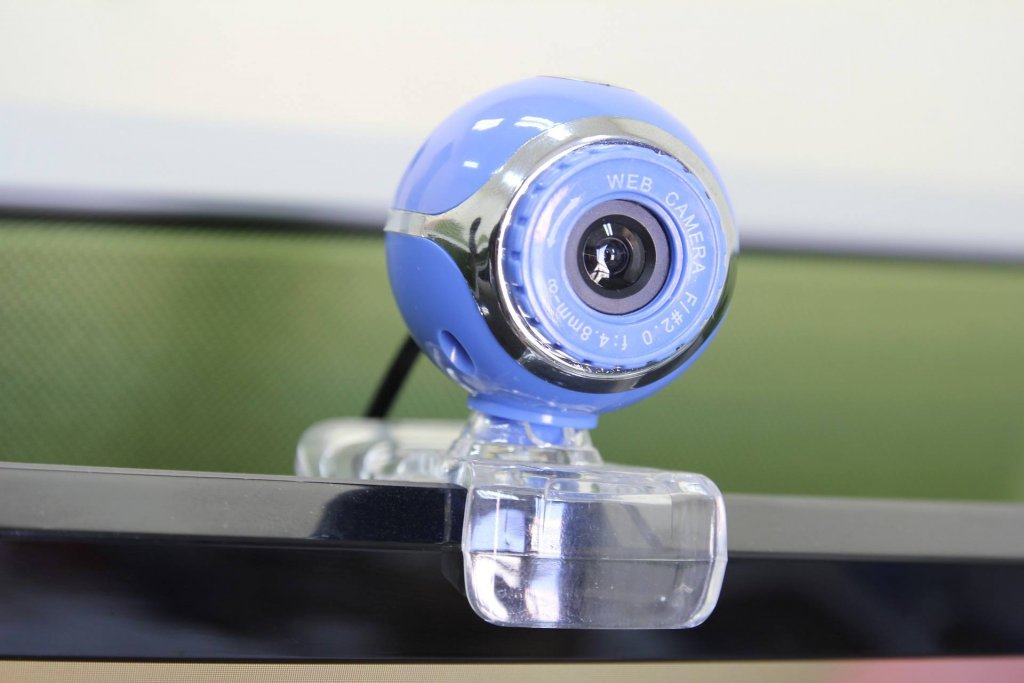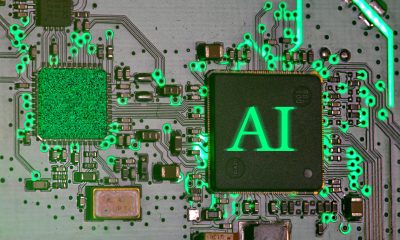Business
Robots or humans: Who’s better for a more personalized customer experience?
Even with the utilization of chatbots in customer support, consumers still want to interact with another human to deal with more complicated matters.

As industries like retail adapt the latest technology like chatbots and advanced video conferences to enhance customer experience, the question arises as to which vehicle will the customer interact with more comfortably: the AI-powered robot or the familiar human face?
Industry leaders, business owners, and employees themselves can be forgiven for thinking that the dawn of robocalypse has finally come. Machine intelligence is now enabling robotic tools in their various forms to learn on their own and adapt to situations. Naturally, business people they see that it may only be a matter of time before disembodied tech voices and smart bots start doing customer service and marketing tasks that were once regarded as the sole province of humans.
Observers and artificial intelligence (AI) advocates point out that customers want more personalized experience; this is to say that they want to feel that their unique needs are being addressed and that they are not mere cogs in a consumer-driven machinery. Bots and other tech tools which can easily screen and analyze tons of data would be in a better position to leverage on them and bring a more memorable customer experience to the user.

Virtual assistants such as the Amazon Echo (pictured) indicate the arrival of more innovative technology. (Source)
Virtual assistants like the Amazon Echo are but the precursors to more advanced tech like the smart vehicle guides described in AM-Online. For example, these virtual assistants that would be an inherent part of a smart car can provide customer service 24/7 to non-driving users. Not only can they guide them to their destinations, but based on past experiences, these assistants suggest restaurants where they can stop over for a meal. Should the car break down, the handy smart digital helpers can also advise them as to the nearest repair shop and connect them with traffic cops and tow truck companies.
The Retail Consumer Experience heralds the introduction of full-fledged robots like Pepper, who are mechanized assistants who are designed to look, act, and move like human beings. A few such Peppers can literally sing and dance in front of human customers to keep them engaged, and then entrance them with stories and songs while helping them shop in the supermarket.
Still, despite all these tech innovations and the inevitable rise of the machines, other industry insiders say that, at the end of the day, the human customer will want to interface with a fellow human. After all, that is why chatbots have been wired to sound like an actual flesh-and-blood customer service representative and not as an emotionless machine who can talk.

With the help of video chats, customers can ease in and be comfortable while addressing their concerns. (Source)
Entrepreneur argues that while chatbots and other tech tools can help address a user’s basic needs, that same user would want to interact with a fellow human for more urgent and sophisticated cases. The user’s desire for a more personalized service would be met if the virtual assistant helping him or her can empathize with his or her situation. And while robots can sound sensitive, empathy is not yet part of their programming.
Video chats prove that point. With 100 out of the 500 top global companies implementing video chat by 2018, the conversant that the user would be dealing with would be visible. The users, in turn, would want to see an actual human being and not an avatar.
While AI may be invading the ins and outs of retail, one should not write out the human equation. At the end of the day, consumers want personalized customer experience. For that, human beings, flawed as they are, can best fill that role, by simply strengthening the emotional connection.

-

 Impact Investing2 weeks ago
Impact Investing2 weeks agoHigh Awareness, Low Adoption: The VSME Challenge for European SMEs
-

 Crypto6 days ago
Crypto6 days agoBitcoin in 2025: Mainstream Momentum, Price Weakness, and a Pivotal Year Ahead
-

 Africa9 hours ago
Africa9 hours agoCasablanca Stock Exchange 2025: A Pivotal Year Toward Financial Maturity
-

 Biotech2 weeks ago
Biotech2 weeks agoCAR-T Therapies: From Breakthrough Cancer Treatment to Faster, Safer, and More Accessible Immunotherapy

























You must be logged in to post a comment Login